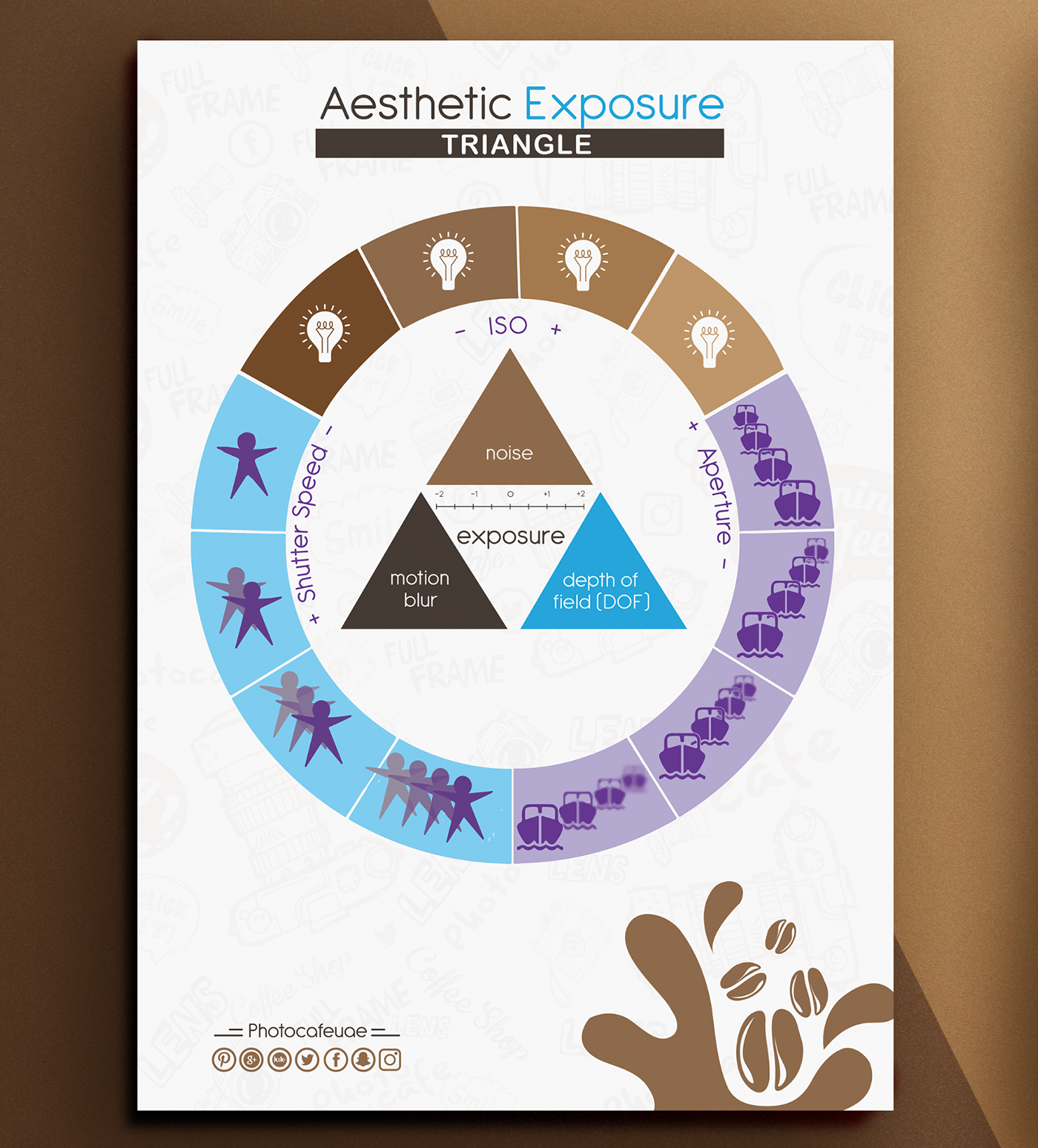Change Your Digital Photography By Understanding Lighting Techniques That Can Elevate Your Photos-- Find The Typical Risks That Could Be Holding You Back
Change Your Digital Photography By Understanding Lighting Techniques That Can Elevate Your Photos-- Find The Typical Risks That Could Be Holding You Back
Blog Article
Web Content Writer-Rogers Riddle
As a professional photographer, you know that lights can make or break your images. Understanding the nuances of both all-natural and synthetic light is necessary for catching the mood and quality you go for in your job. Whether you're chasing the ideal gold hour radiance or adjust your man-made configurations, understanding these elements can elevate your digital photography substantially. But there prevail risks that lots of ignore, and acknowledging them can change your method to every shoot. Let's explore what you might be missing out on and just how it can impact your results.
Comprehending All-natural Light
Recognizing natural light is essential for any type of professional photographer wanting to boost their job. It's the foundation of wonderful digital photography, affecting mood, tone, and clarity. When you fire outdoors, pay attention to the time of day. The golden hour-- shortly after sunrise and before sunset-- supplies soft, cozy light that can change ordinary scenes right into stunning pictures.
Don't undervalue the power of overcast days. Cloud cover diffuses sunlight, producing a soft, even light that's ideal for portraits and macro digital photography. PR Photos 'll find colors pop in this sort of lights without extreme darkness.
Positioning matters, as well. Constantly consider your topic's positioning to the light source. If the sun's behind your subject, you may wind up with a shape, which can be significant but mightn't be what you want. Alternatively, straight sunshine can create unflattering shadows.
Try out angles; sometimes, transforming your perspective can yield fantastic outcomes. Usage all-natural reflectors, like water or sand, to bounce light onto your topic, including measurement.
Mastering Artificial Light
Mastering fabricated light is important for digital photographers that want to take their skills to the next degree. Whether you're utilizing speedlights, studio strobes, or continual lights, understanding just how to adjust these resources can drastically boost your images.
Start by familiarizing on your own with the basics of light high quality, direction, and shade temperature. Trying out various modifiers like softboxes, umbrellas, or grids to manage the softness or cruelty of the light.
You'll locate that soft light commonly creates complementary outcomes, while harsher light can include drama and depth. Don't avoid shadows; they can boost the three-dimensionality of your topics.
Pay attention to the positioning of your lights. A light located also close to your subject can produce unflattering results, while also far can cause a lack of information. Use a light meter or your camera's histogram to guarantee you're revealing appropriately.
Finally, keep in mind that artificial light can be combined with ambient light for creative results. Balancing these sources may take practice, but once you understand it, your photography will absolutely radiate.
Methods for Different Scenarios
When you enter different shooting circumstances, adapting your illumination techniques is critical for catching the very best images. For outdoor portraits, make use of the gold hour-- early morning or late afternoon light-- to soften darkness and boost complexion.
If it's a severe midday sun, take into consideration using a reflector to bounce light back onto your subject or look for shaded locations for an extra also exposure.
In low-light circumstances, like interior events, increase your ISO and utilize a large aperture to let in even more light. A tripod can assist eliminate electronic camera shake, enabling longer exposures without blurring.
If you're shooting at evening, try out off-camera flash to develop dynamic illumination and depth in your pictures.
For product digital photography, make use of diffused illumination to prevent rough reflections. Softboxes or light tents can assist accomplish this effect.
When photographing landscapes, think about the direction of light and time of day, as it can considerably change the state of mind of your shot.
Constantly be ready to adjust your setups and positioning based on the scenario, as adaptability is vital to grasping lights in photography.
Conclusion
In conclusion, grasping illumination is key to boosting your photography abilities. Welcome natural light's appeal throughout gold hour, and do not avoid trying out artificial light techniques. By adapting your approach to various scenarios, you'll capture spectacular pictures that reverberate with feeling and clarity. Remember, the appropriate lighting can transform a regular shot into something extraordinary, so keep practicing and refining your understanding of both natural and fabricated light. Satisfied capturing!
